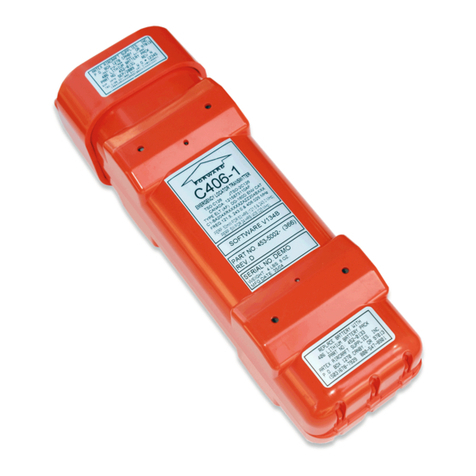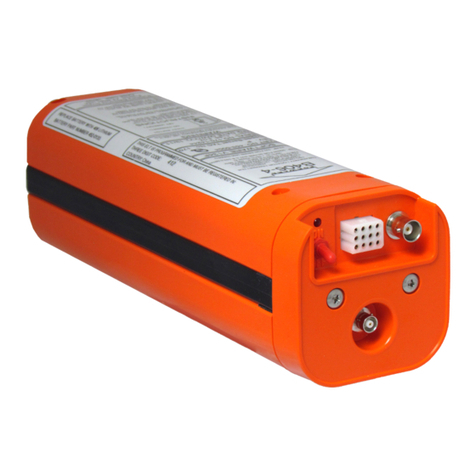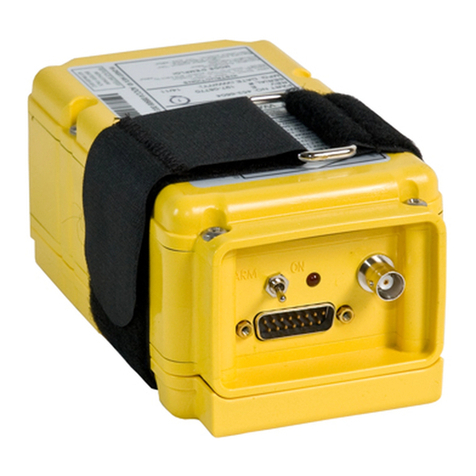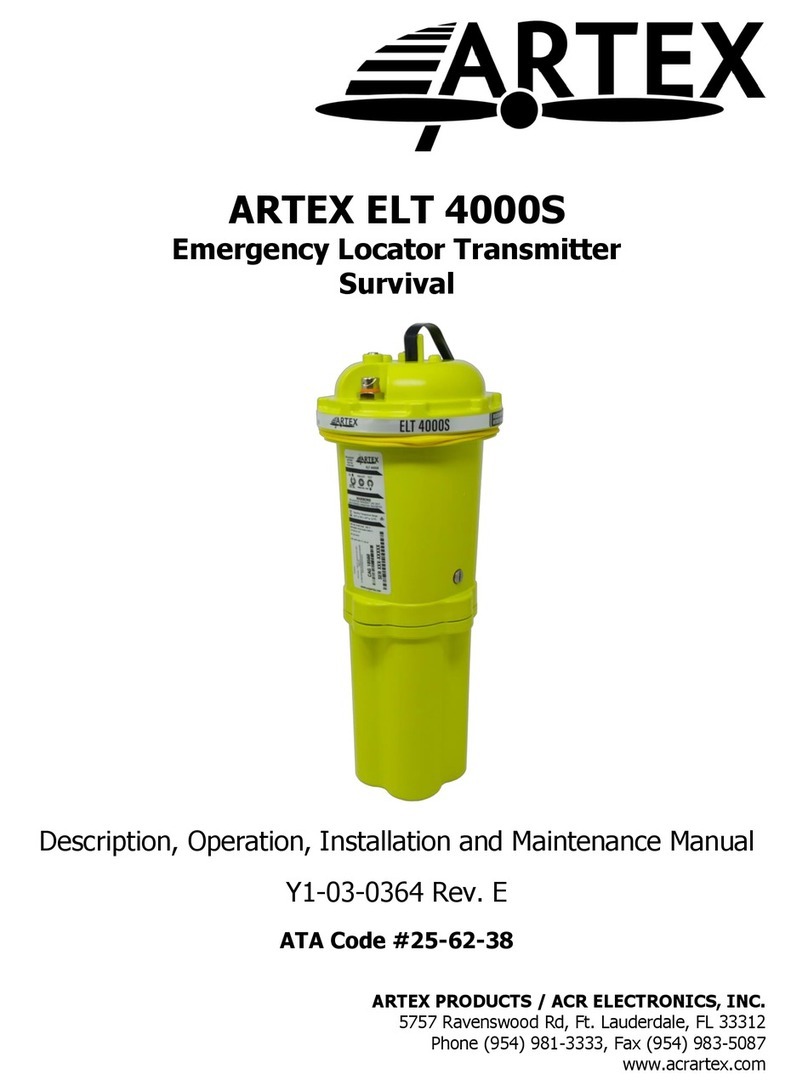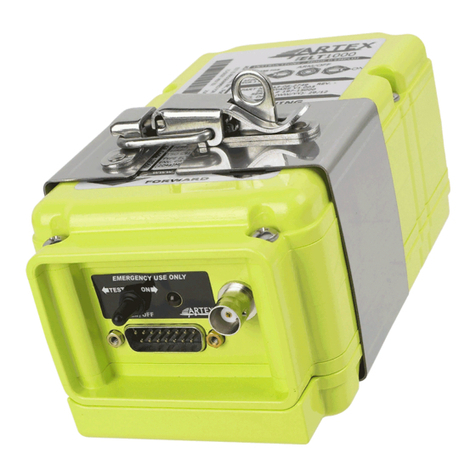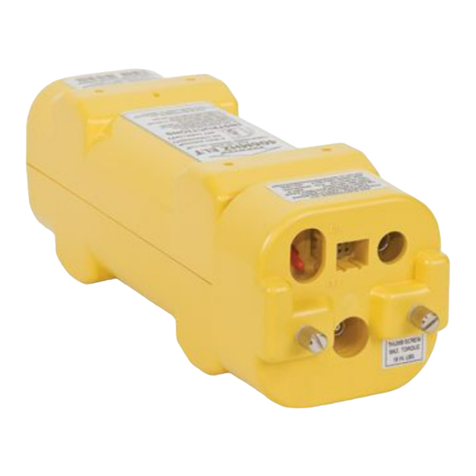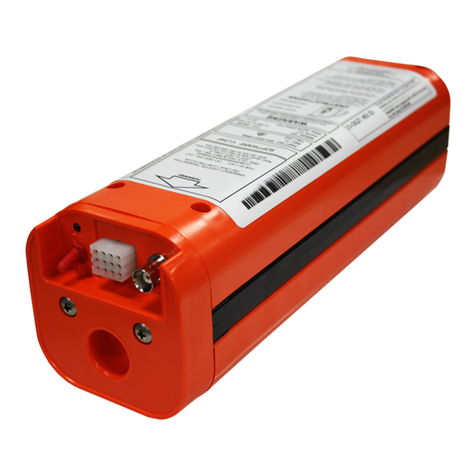
P/N 13772-156 5 of 6
Cirrus Design Section 9
SR22 / SR22T Supplements
“ARM/OFF” - “TEST”, and a red LED annunciator. The red LED
annunciator flashes when the ELT is transmitting.
Section 8 - Handling, Servicing & Maintenance
The ELT batteries must be inspected in accordance with the Airplane
Maintenance Manual, 5-20 - Scheduled Maintenance Checks.
The ELT batteries must be replaced upon reaching the date stamped
on the batteries, after an inadvertent activation of unknown duration,
or whenever the batteries have been in use for one cumulative hour.
Inspection / Test
After setting transmitter switch to TEST position, the ELT automatically
enters a self-test mode. The self-test transmits a 406 MHz test coded
pulse that monitors certain system functions before shutting off. The
test pulse is ignored by any satellite that receives the signal, but the
ELT uses this pulse to check output power and frequency. Other
parameters of the ELT are checked and a set of error codes is
generated if a problem is found. The error codes are indicated by a
series of pulses on the transmitter LED, the Remote Switch and
Control Panel Indicator (RCPI) LED, and alert buzzer.
• Note •
FAA regulations require that transmitter tests only be done
during the first 5 minutes of each hour and must not last for
more than 3 audio sweeps (1.5 seconds). If you are at a
location where there is an FAA control tower or other
monitoring facility, notify the facility before beginning the tests.
Never activate the ELT while airborne for any reason.
Operators may wish to use a low quality AM broadcast
receiver to determine if energy is being transmitted from the
antenna. When the antenna of the radio (tuning dial on any
setting) is held about 6 inches from the activated ELT antenna,
the ELT aural tone will be heard on the AM broadcast receiver.
This is not a measured check, but it does provide confidence
that the antenna is radiating sufficient power to aid search and
rescue. The aircraft’s VHF receiver, tuned to 121.5 MHz, may
also be used. This receiver, however, is more sensitive and
could pick up a weak signal even if the radiating ELT’s antenna
Original Issue: 11-20-14
